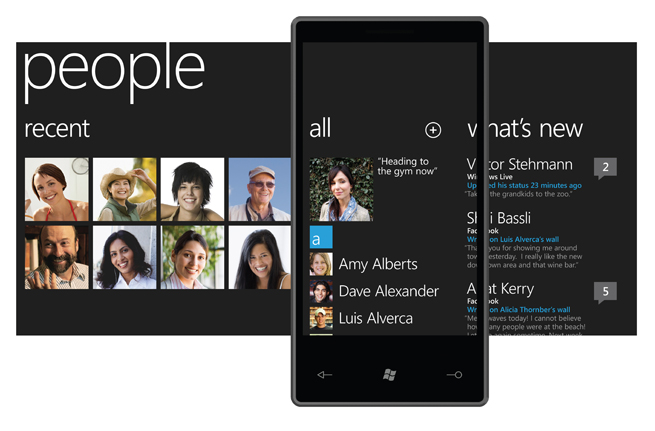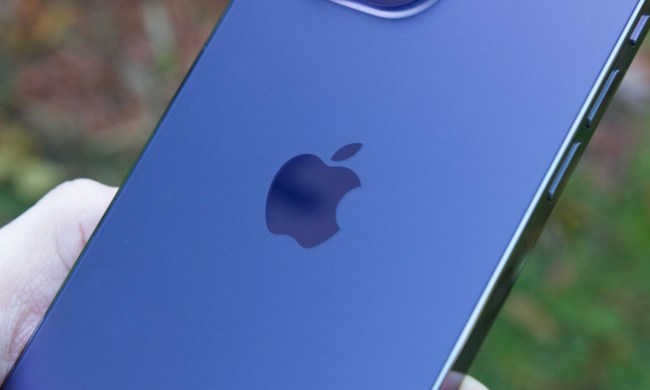
Like a sobered up alcoholic, Microsoft appears to want to make right all the wrongs it has forced upon us over the past few years. After correcting the woes of Vista with Windows 7 and making an honest effort to get clean with Internet Explorer 8, Windows Phone 7 appears to continue the atonement process. Frankly, after what we’ve seen so far, we’re ready to have a group hug and call it good. But despite the positive first impressions still rolling in, the OS has plenty of hurdles to clear before its ready to compete with the likes of Apple’s iPhone or Google’s Android operating system. Here are seven of the biggest challenges that lie ahead for Windows Phone 7 Series.
No backwards app support
The most painful parts of any total operating system overhaul is this major snag: None of the software that used to work on the old OS will work on the new one. That means the 700+ plus applications currently populating the Windows Phone Marketplace will all turn defunct quite shortly. Although the next wave of apps will have the benefit of being optimized for the new OS, it’s going to be quite a while until Microsoft challenges the 100,000 apps in Apple’s App Store, or even the fraction of that Android now claims.
No Flash at launch
Steve Ballmer himself has confirmed that the first generation of Windows Phone 7 devices will lack Adobe Flash support. Although it will probably land Flash eventually, missing it at launch will fail to exploit one of the iPhone’s biggest sore spots.
High system requirements
The licensing restrictions that apply to all Windows Phone 7 devices – including demands for minimum processor speed, capacitive touch screens and built-in FM radios – will both improve the Windows Phone 7 experience and limit how many phones can offer it. While these rules should nix many duds before they make it to market, it will keep cheap hardware out of the running. That means, for launch at least, no prospect of budget-level Windows devices.
No syncing with Mac
Own a Mac, but want to buy a Windows Phone 7 handset? Good luck sycing. Microsoft doesn’t offer the Zune desktop software for Macs, and has no current plans to, which will prevent Mac owners from performing that critical task. This oversight might seem to exclude a very small portion of the population (Macs only account for about 8 percent of total computers sales), but it bars the possibility of converting Mac owners back to Microsoft with a UI that gives the iPhone a run for its money.
AT&T major partner for launch
Although Microsoft has stated that Windows Phone 7 devices will appear on all four major U.S. carriers, it has partnered with AT&T for the launch of the very first. Considering the network’s wavering service reputation as of late, and the number of iPhone devotees already entrenched there, it seems like a poor choice to spearhead a totally new platform that hopes to compete with Apple. A network with a better reputation for customer service and a drought of attractive phones – like Verizon – may meet a more receptive audience.
Holidays 2010 launch
The biggest factor holding back Windows Phone 7 is simply the fact that it’s still not here, and won’t be for a long time. A launch roughly slated for the 2010 holiday season gives us at least another seven months to wait for it, and the same amount of time for competitors to ramp up their own devices. With Google rolling out a multi-touch version of Android this week and Apple’s Worldwide Developer’s Conference potentially holding a new iPhone in June, the atmosphere could be get a lot more competitive in that timeframe.
Hardware remains a question mark
An amazing operating system won’t mean anything if the phones look like the same stream of iClones that have defined Windows Mobile for the past three years. Unfortunately, Microsoft doesn’t get much say in that department. Unlike Palm, RIM and Apple, which develop hardware to match their software, Microsoft will have to cross its fingers and hope partners develop lust-worthy hardware to sell the OS. Although the same approach will lead to a diversity of hardware, it’s also a leap of faith, and could potentially lead to an amazing OS with no good hardware, like the first year of life for Google Android.



